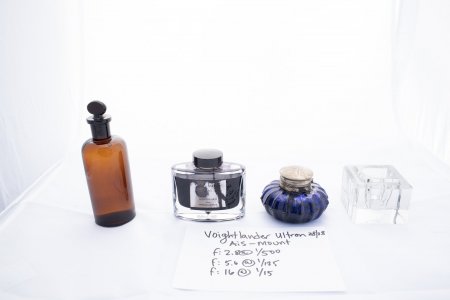So what does this all mean? Well, maybe not that much in the final analysis. These are digital images, after all, and their output is inherently malleable. Remember that 28 Summicron image at f:2? Here it is again:

Here is the same image, opened in Camera RAW and processed with the canned Adobe profile as a Zeiss ZM 21 Biogon:

As mentioned above, and for reasons that I don't understand, Adobe has no vignette slider for the Leica M wide angle lenses. I am sure there is some lore about this, but for me it is just annoying. But if you walk through the menus for other manufacturers, you can usually find something that works. I do think that there is an advantage to starting with a file that needs as little manipulation as possible. After all, in the test pics above, there is no detail or color in the corners of the image. In a particular photo, you may not have the latitude to make these adjustments. Pulling in the other direction, I also think that the more "headroom" you have to make adjustments, the better. So take from it what you will. I can imagine, for instance, wanting the pictures of a series to have a similar color balance or rendering and so choosing Leica 28, 50, and 90 lenses as a matched set for a day, without getting hung up about vignetting as an issue. You can also be shooting in a manner, or a location, where vignetting works for you, or where it is utterly irrelevant.
For example, here's an uncorrected shot from further up in the thread made with the same 28 Summicron as above, wide open:

Vignetting in the corners? Who cares? Not me: the image works.










































